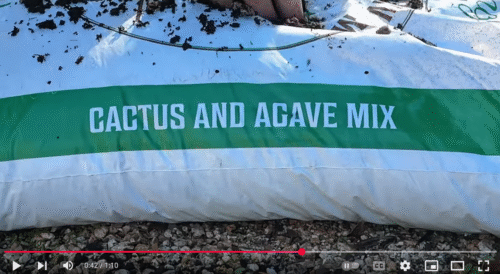It’s summer! It’s hot! This week, we’re talking about the care and successful transplanting of plants that crave this sort of weather.
Q: I planted some yuccas and a nice agave in an existing full sun bed at my home last year, and there’s been some issues. The red yuccas are wimpy but mostly OK, the soft leaf yuccas have dark splotches on the leaves, and my agave just turned to mush. My crapemyrtle nearby is fine, and my purple loropetalums are beautiful.
A: The answer here lies in the other plants nearby that are thriving. Well-established crapemyrtles do not require heavy watering, but they do like it—and your purple loropetalums absolutely require it to look their best in the summer. One of these things is not like the other, water wise. If your loropetalums look good, the chances of agaves doing well is near zero, and your yuccas do not like this amount of water either.
Yuccas and agaves need to be in seven hours plus of direct sun to do their best, and they need to stay quite dry. Our clay soil locally does not help in this quest, nor does a bed that’s been worked up with generous amounts of compost. When planting a bed of these plants, build up small berms above grade, and work sand, pea gravel (yes, really!), and Covington’s Cactus and Agave Mix—made for plants that require excellent drainage—into the native soil. Shut off the sprinkler system covering that part of the bed entirely. Cover bare soil with gravel or decomposed granite, not shredded wood mulch. During their first summer, give your agaves and yuccas a deep soak once a week to help them get established. Once fall arrives, stop watering completely—they’ll rest through the cooler months and won’t need a drop until the heat returns next summer.
Want to see how Covington’s Agave Mix helps these plants thrive? Watch the short video at the top of this article!

